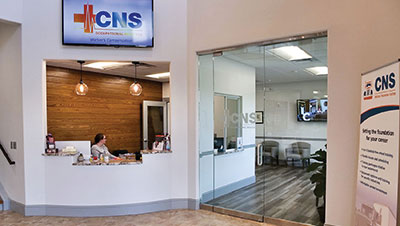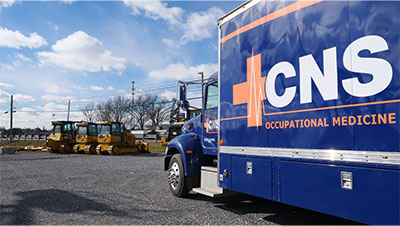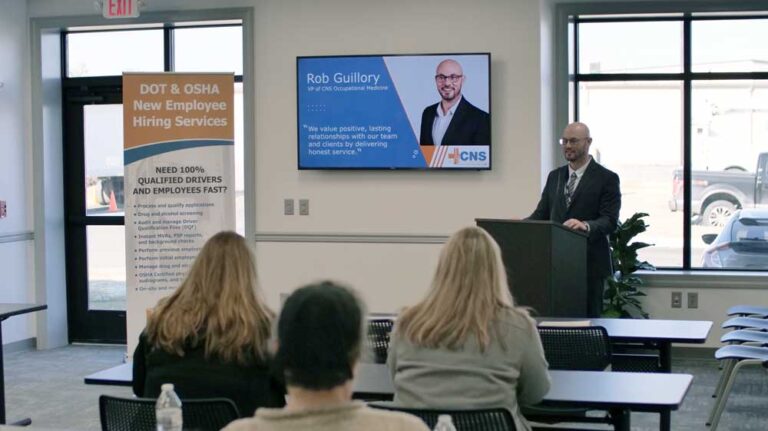Over the last several years many members of Congress, and three petitions from Public Citizen and supported organizations (in 2011, 2018, and 2021), urged OSHA to initiate rulemaking for a federal heat standard.
Research shows the frequency and intensity of extreme heat events, as well as an increase in the daily average daytime and nighttime temperatures, which are increasing the amount of lost worked hours and heat-related injuries.
According to an advance notice of proposed rulemaking published in the Oct. 27, 2021 Federal Register, the agency obtained additional information about “the extent and nature of hazardous heat in the workplace and the nature and effectiveness of interventions and controls used to prevent heat-related injury and illness.”
The comment period, which ended at the end of the year, covered over 100 questions on various important topics, from:
- Climate change
- Current OSHA standards
- Current state-specific standards
- Corporate standards
- Treatment
- and more
Right now, OSHA is reviewing these comments with hopes to create a broad standard to address heat stress in indoor and outdoor settings.
“It actually is a fairly daunting task when you take a step back and think of the wide variety of industries, of workers, of individuals’ health status, of individuals’ fitness status, individual tolerance to the heat,” said work group member David DeGroot, a U.S. Army lieutenant colonel, during a Feb. 25 meeting of the National Advisory Committee on Occupational Safety and Health’s work group on heat injury and illness prevention. “There’s a lot of things at play here, and we’ve got our work cut out for us on this one, that’s for sure.”
The group intends to meet before the next anticipated NACOSH public meeting in May.
Why is a federal OSHA standard on heat stress being pursued?
Excessive heat exacerbates existing health problems like asthma, kidney failure, and heart disease, and can cause heat stroke and even death if not treated properly and promptly.
How To Avoid Workplace Injuries and Reduce Workers Compensation Claims
“While agricultural and construction workers often come to mind first when thinking about workers most exposed to heat hazards, without proper safety actions, sun protection and climate-control, intense heat can be harmful to a wide variety of workers indoors or outdoors and during any season,” Jim Frederick, acting assistant secretary of labor for occupational safety and health, said in the release.
Workers across hundreds of industries in both outdoor and indoor work settings without adequate climate-controlled environments are at risk of hazardous heat exposure.
While 80% of heat-related fatalities occurred in outdoor work environments, 61% of non-fatal heat-related illness cases occurred during or after work in an indoor work environment (Tustin et al., August 2018).
“While heat illness is largely preventable, and commonly underreported, thousands of workers are sickened each year by workplace heat exposure,” the release states. “Despite widespread underreporting, 43 workers died from heat illness in 2019, and at least 2,410 others suffered serious injuries and illnesses.”
Current OSHA Standards
OSHA currently has other existing standards that, while applicable to some issues related to hazardous heat, have not proven to be adequate in fully protecting workers.
For example, OSHA’s Recordkeeping standard (29 CFR 1904.7) requires employers to record and report injuries and illnesses that meet recording criteria. If an injury or illness does not require medical treatment beyond the provision of first aid, it does not need to be reported.
Some actions that a worker may be recommended to take when experiencing heat-related illness, such as hydration, are first aid, and therefore are not recordable.
Four states (California, Minnesota, Oregon, and Washington) have declared hazardous heat standards, as of October 2021, requiring employers in various industries and workplace settings to provide protections and abatement measures to reduce the risk of heat related illness for their employees.
Additionally, since 2020, three more states (Colorado, Maryland, and Nevada) have passed laws requiring state health and safety administrators to declare rules related to hazardous heat in the workplace. Virginia’s Safety and Health Codes Board is also considering a standard on this topic.
However, state standards differ in the scope of coverage.
What can employers expect for 2022?
OSHA implemented a national enforcement initiative on heat-related hazards on Sept. 1 last year that applied to general industry as well as the construction, agriculture and maritime industries, prioritizing heat-related inspections, and interventions when the heat index exceeds 80° F.
We could see a similar national initiative this year. The agency also is developing a National Emphasis Program for heat-related inspections and noted that area directors nationwide will also:
- Prioritize inspections of heat-related complaints, referrals, and employer-reported illnesses, and initiate an onsite investigation where possible.
- Instruct compliance safety and health officers, during their travels to jobsites, to conduct an intervention or open an inspection when they observe employees performing strenuous work in hot conditions.
- Expand the scope of other inspections to address heat-related hazards where worksite conditions or other evidence indicates these hazards may be present.
Other OSHA plans for the 2022 heat season include:
- Initiate a heat injury and illness prevention work group to share best practices
- OSHA’s annual, Water. Rest. Shade., might be updated to include indoor best practices
- Produce a heat awareness video
- Improve the heat campaign website
- Co-programming with the Safe + Sound campaign
- Creating a heat e-newsletter
- Facebook Live programming
Have an illness and want to avoid busy Doctor’s offices or medical facilities?
Start your customized health plan to meet your business needs and keep your employees healthy and safe.
Our Occupational Medicine Team will develop a custom plan for your company. You may need a combination of services related to:
We understand the impact that lost time, limited duty, and medical costs have on the company and the employee. So, work with an occupational medicine provider that can be staffed on-site or have a mobile health clinic come to reduce employee downtime away from the office.
We also have a strong understanding of the OSHA recordkeeping rule and how certain medical diagnosis and treatments impact your OSHA 300 log.
Contact our medical team to develop your custom plan at 800.551.9816 or info@cnsoccmed.com.
You can also call or email the CNS’ Occupational Medicine team at info@cnsoccmed.com with questions about nurse triage phone lines and telemedicine or to schedule a CNS Telemedicine appointment at 800.551.9816.










